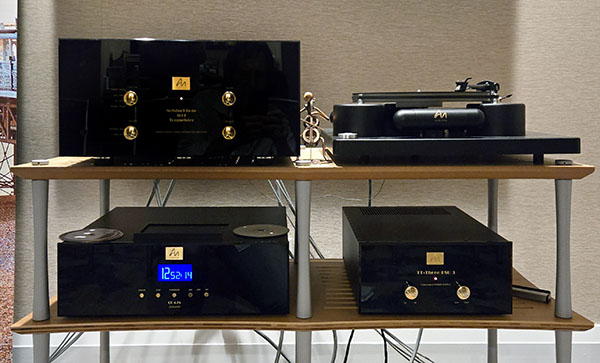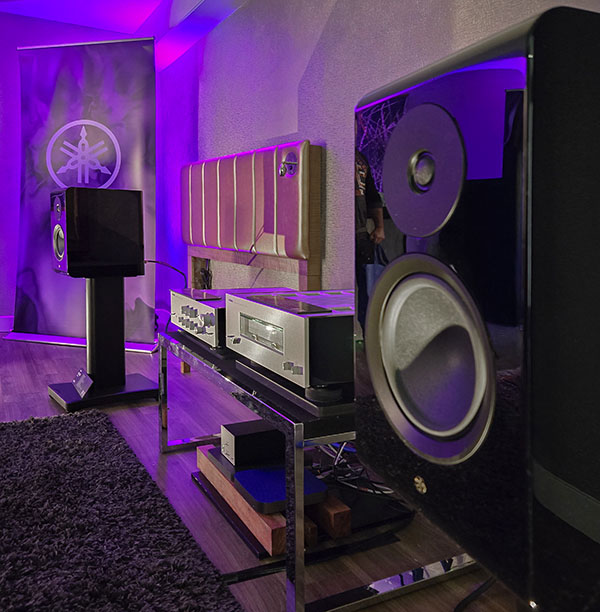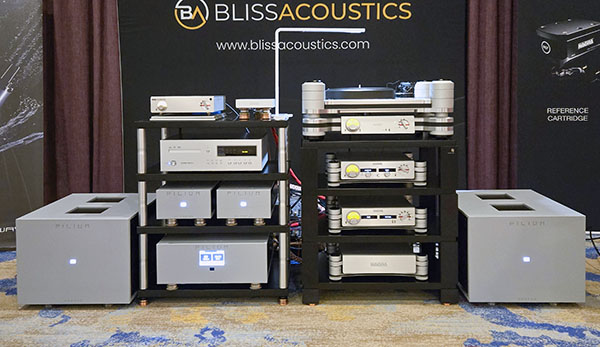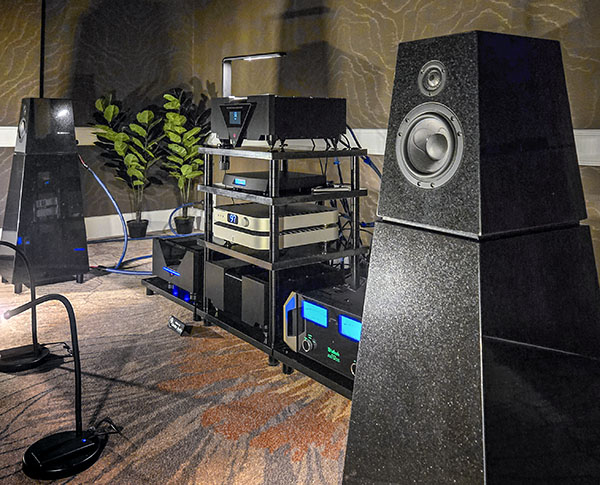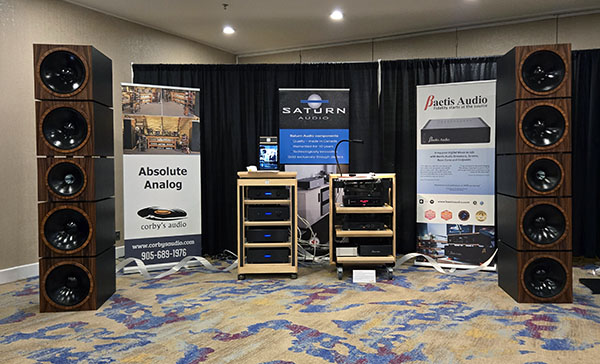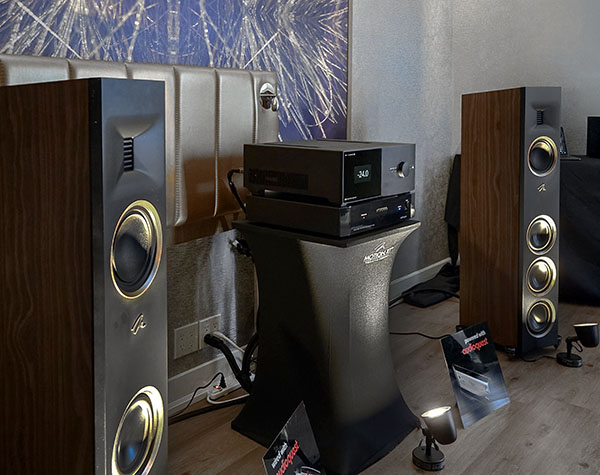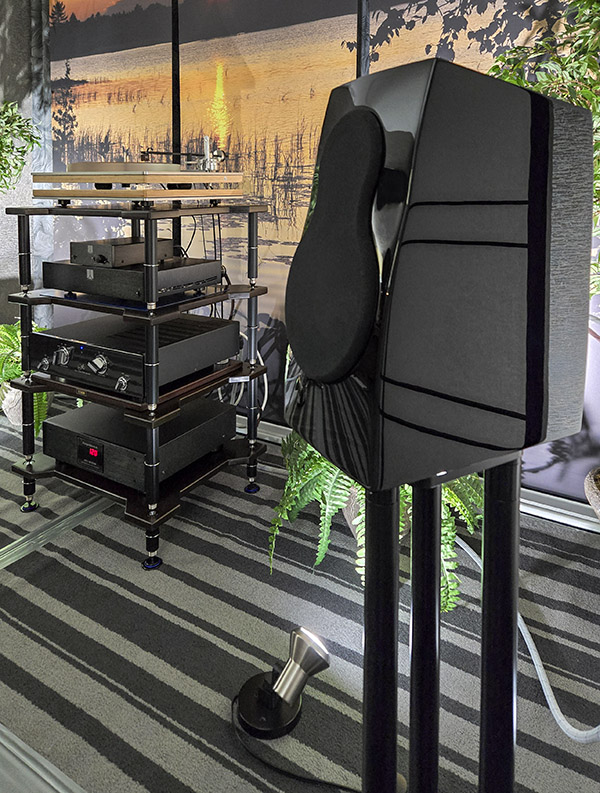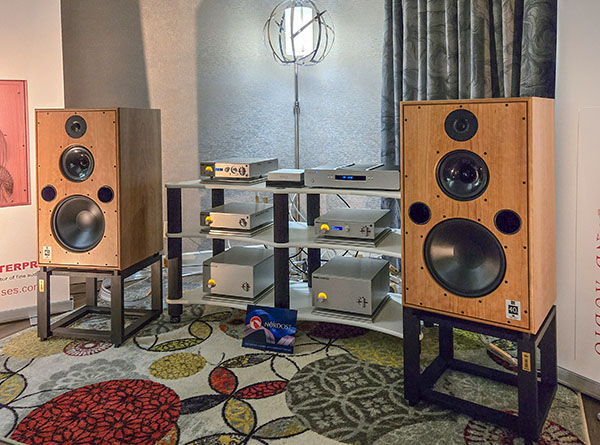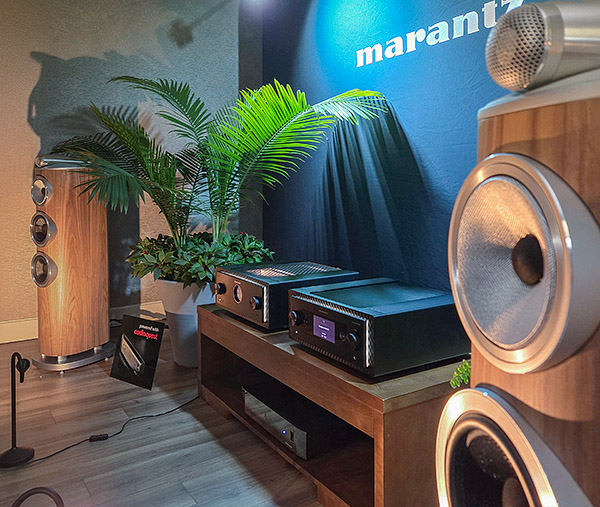Audio Note - Toronto Audiofest 2024
I’ve met Daniel Qvortrup, son of Audio Note founder Peter, a few times, and what I know of his music-listening side is that he’s a diehard music fan with very eclectic tastes in music. I’m not using the word “very” lightly here. He’s the type to listen to Tibetan monk throat-singing. So, I was not entirely surprised when the first thing he played for me in the Audio Note exhibit room was a 78 RPM recording made in 1931 of a woman yodeling.
Continue Reading »

